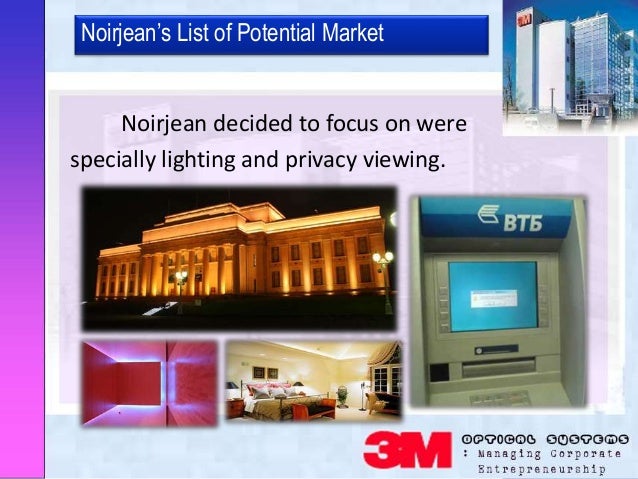| ||||
| SHIPS’ MAINTENANCE AND MATERIAL MANAGEMENT (3-M) SYSTEMS The primary objective of the Ship’s 3-M Systems is to manage maintenance and maintenance support in a way that will ensuremaximum equipment operational readiness. There are basically two systems that make up the 3-M Systems. They are the Planned Maintenance System (PMS) and the Maintenance Data System (MDS). We will discuss both of these systems in the next few sections of this chapter. PLANNED MAINTENANCE SYSTEM (PMS) The Planned Maintenance System (PMS) is an overall management tool that provides a simple and efficient way in which basic maintenance on all equipment can be planned, scheduled, controlled, and performed. The information in this section is intended to provide you with an overview in terms of the purposes, benefits, and limitations of the PMS. Purposes of PMS The PMS was established for several purposes: 1. To reduce complex maintenance to simplified procedures that are easily identified and managed at all levels 2. To define the minimum planned maintenance required to schedule and control PMS performances 3. To describe the methods and tools to be used 4. To provide for the detection and prevention of impending casualties 5. To forecast and plan manpower and material requirements 6. To plan and schedule maintenance tasks 7. To estimate and evaluate material readiness 8. To detect areas requiring additional or improved personnel training and improved maintenance techniques or attention 9. To provide increased readiness of the ship Benefits of PMS As mentioned before, the Planned Maintenance System is a management tool. By using PMS, the commanding officer can readily determine whether his ship is being properly maintained. Reliability is intensified. Preventive maintenance reduces the need for major corrective maintenance, increases economy, and saves the cost of repairs. The Planned Maintenance System assures better records since it provides additional useful data to the shipboard maintenance manager. Theflexibility of the system allows for the program-ming of inevitable changes in employment schedules. This advantage helps the shipboard maintenance manager plan preventive main-tenance more effectively. Better leadership and management can be realized if a manager can reduce frustrating breakdowns and irregular hours of work. Consequently, PMS offers a means of improv-ing morale and thus enhances the effectiveness of all hands. Limitations of PMS The PMS is not self-starting. It does not automatically produce good results; considerable professional guidance is required. Continuous direction at each level must be maintained. One individual must be assigned both the authority and the responsibility at each level of the system’s operation. Training in the maintenance steps as well as in the system is necessary. No system is a substitute for the actual, technical ability required of the petty officers who direct and perform the upkeep of the equipment. | ||||


Your experience on this site will be improved by allowing cookies. .3M Optical Systems: Managing Corporate Entrepreneurship 936 X CONTENTS READING 111-12 At 3M, a Struggle Between Efficiency and Creativity 949 READING.
3m Optical Systems Managing Corporate Entrepreneurship Case Study
Privacy Statement - Copyright Information. - Contact Us
3m Optical Systems Managing Corporate Entrepreneurship Slideshare
- .managing partner of the Corporation '. Systems theory, theory of radio and optical location, radiophysics, filtration theory, decision theory, system.
- Free resources for MBA in general management.
- Optical-Fiber Telecommunication Systems for. Welcome to upc.eduThis website uses own and third party cookies to measure and manage visits to the website.